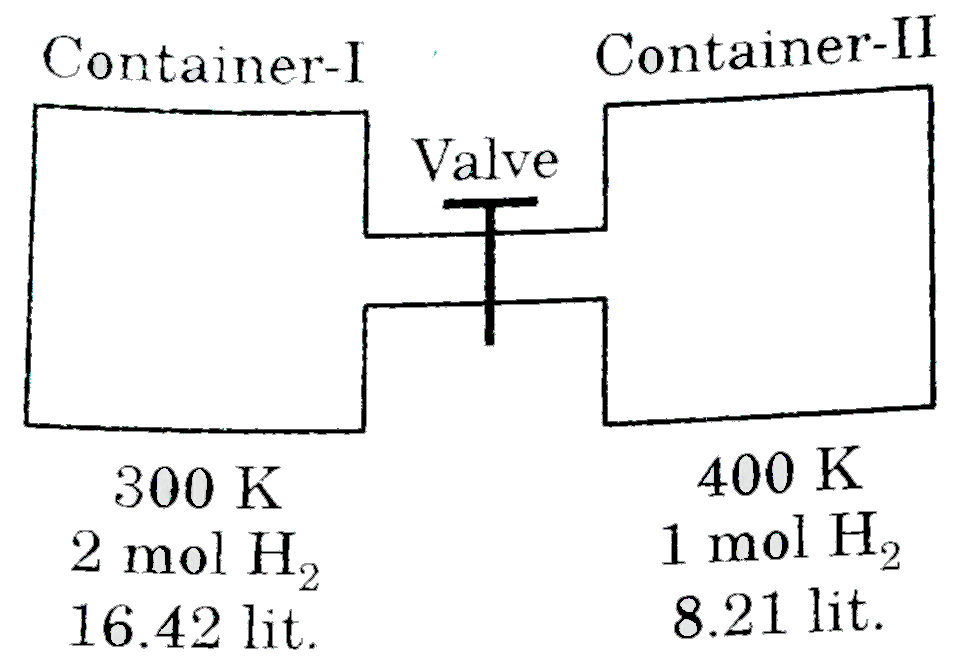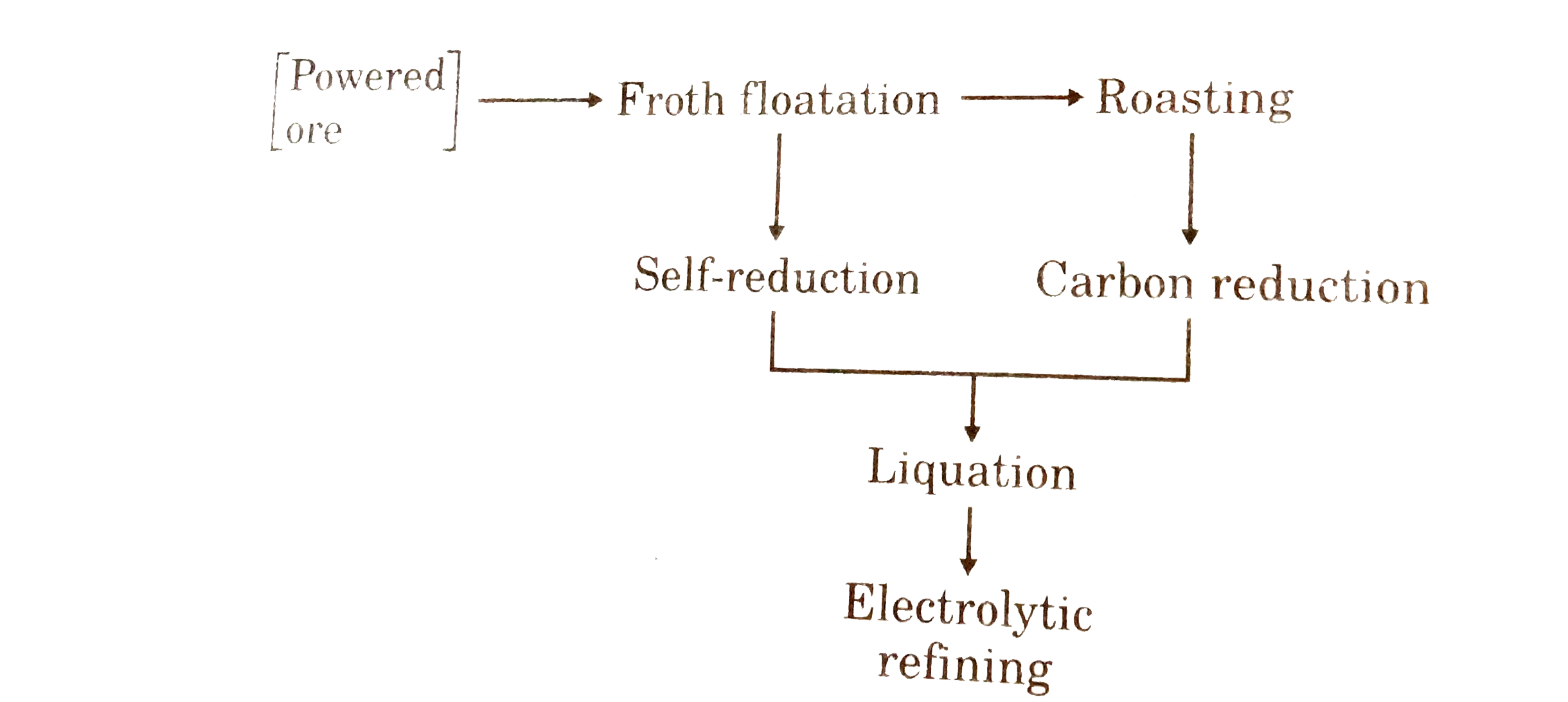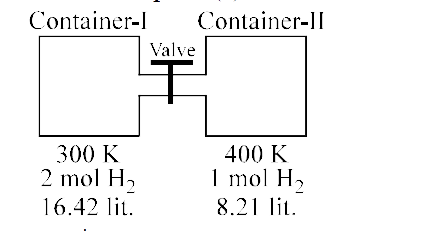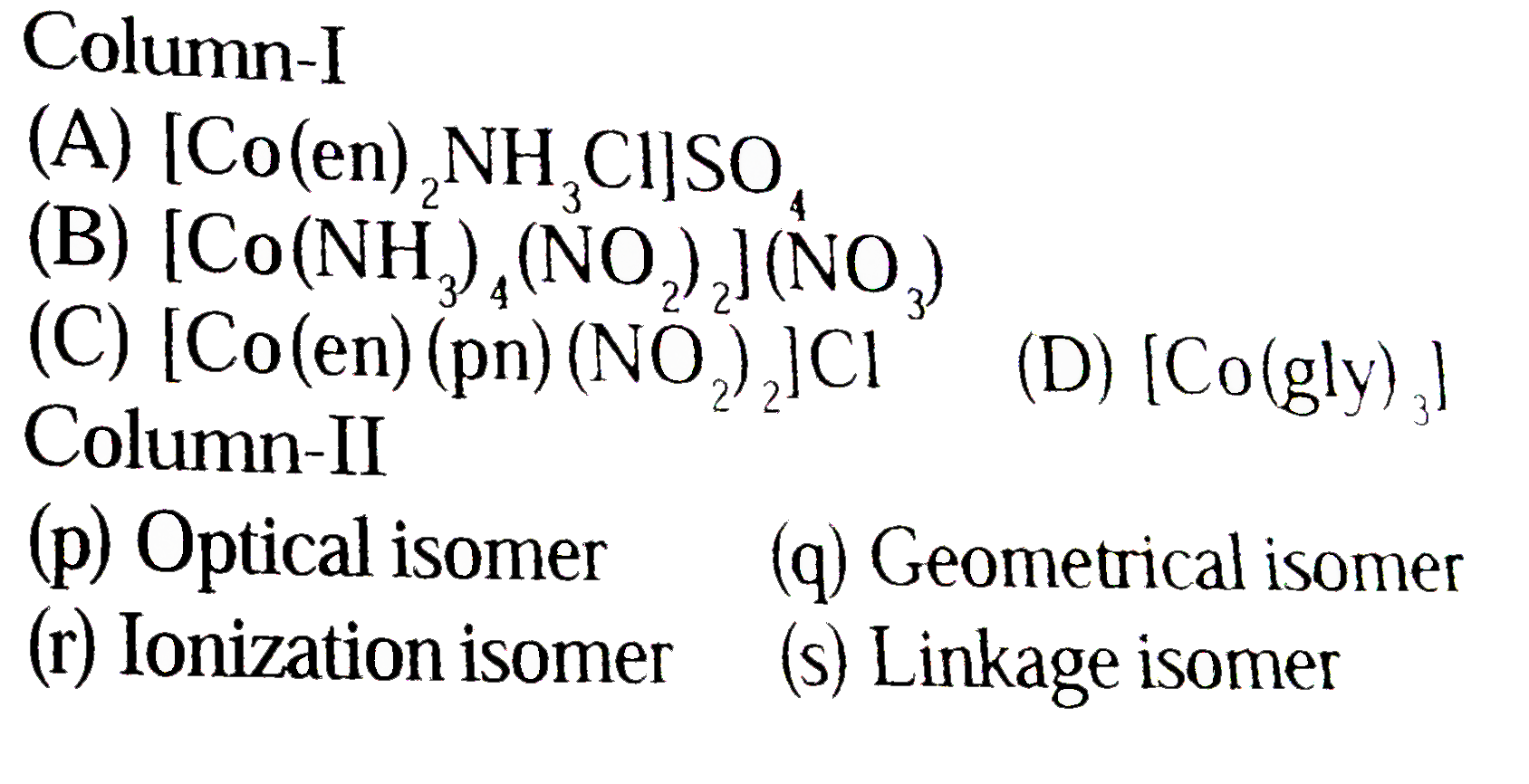Select correct option(s):
Principal quanture number of orbital having non planar angular node and 2 radial nodes may be 5.
Orbitals having same princple quantum number have same number of tatol nodes.
Spin multiply of carbon is 5
The orbital can be identified by the solution of schordinger's wave equatiom .
The correct Answer is:A, B, D
Step by step video, text & image solution for Select correct option(s): by Chemistry experts to help you in doubts & scoring excellent marks in Class 11 exams.
Topper's Solved these Questions
- BOOK - BANSALCHAPTER - ATOMIC STRUCTUREEXERCISE - MATCH THE COLUMN10videos
ATOMIC STRUCTURE
- BOOK - BANSALCHAPTER - ATOMIC STRUCTUREEXERCISE - Exercise.335videos
ATOMIC STRUCTURE
- BOOK - BANSALCHAPTER - ATOMIC STRUCTUREEXERCISE - REASONING TYPE10videos
ATOMIC STRUCTURE
- BOOK - BANSALCHAPTER - GENERAL ORGANIC CHEMISTRYEXERCISE - Exercise 39videos
GENERAL ORGANIC CHEMISTRY
Similar Questions
Knowledge Check
- Question 1 - Select One
Select the correct option(s).
AQ=nCvdt is applicable to all substance during heating/cooling at constant volumeBγ=53 for monomatomic ideal gas, at any temperatureCdU=nCvdT is applicable for real gas at constant volumeDmolar heat capacity , pressure and temperature are intensive properties - Question 2 - Select One
Select the correct option(s)
 APressure in container-I is 3 atm before opening the valve.BPressure after opening the valve is 3.57 atm.CMoles in each compartment are same after opening the valve.DPressure in each compartment are same after opening the valve.
APressure in container-I is 3 atm before opening the valve.BPressure after opening the valve is 3.57 atm.CMoles in each compartment are same after opening the valve.DPressure in each compartment are same after opening the valve. - Question 3 - Select One

Select the correct option(s).AThe flow chart represents extraction of Pb from PbS.BConcentration of ore involves use of NaCN as depresant.CMetal obatined conatins Ag as one of the impurities which is removed by Parke's process.DImpure metal is very soft.
Select the correct option ( s) :
 View Solution
View SolutionSelect the correct option(s).
View SolutionSelect the correct option(s) for an ideal gas.
View SolutionA particle is moving in a straight line . Select the correct option (s).
View SolutionFor any reaction ,
A+B→C+D
Rate law obtained is Rate=k[A][B]
Select the correct option(s).View Solution


